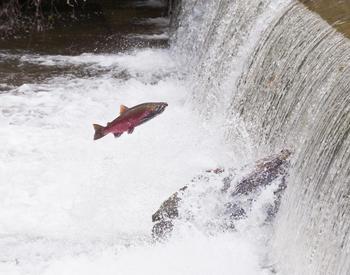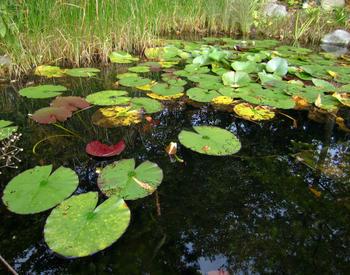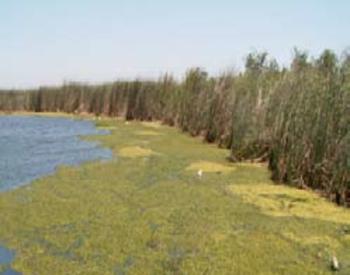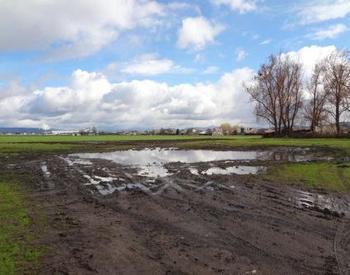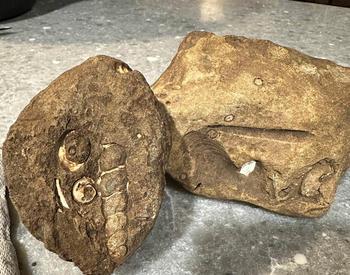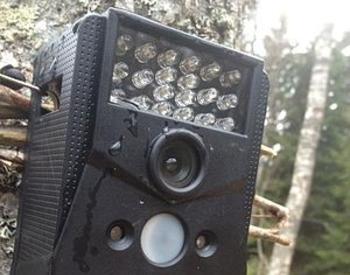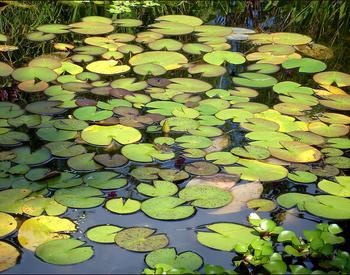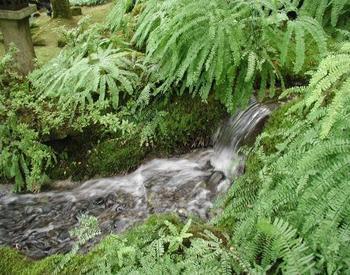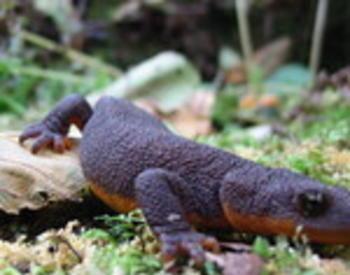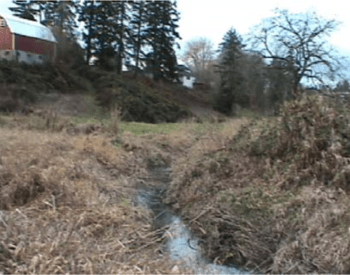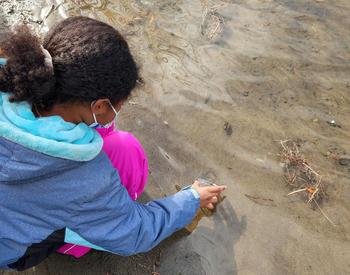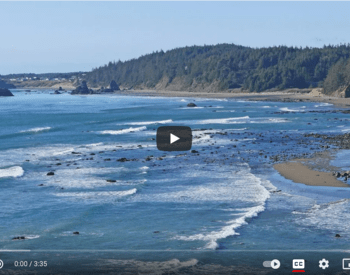We have a small backyard pond, and salamanders have moved in. I’m looking for info on how to take care of their pond so they can thrive. Can I add water from my garden hose? Is there a type of food that I can provide for them?
Thanks for reaching out! A pond can add a lot of enjoyment to wildlife watching and is a good water resource for wildlife.
Tips for encouraging salamanders
- If the salamanders have moved in, then they are likely finding the nutrition sources that they need. The very best way to provide food for them is to create a native habitat by encouraging or using native plants. This will encourage native bugs and insects. The following publication has specific plant suggestions, along with other helpful information:
The Wildlife Garden: Create a Garden Pond for Wildlife, OSU Extension - Identify if you have salamanders in your yard or rough skinned newts. If they are rather boldly swimming about, then they might actually be newts. They are delightful but toxic, so be sure pets and small children don't ingest them.
- Beware of bull frogs, which can become an invasive species in ponds. They are voracious consumers of many native species like native frogs and pond turtles.
- The best way to avoid becoming a source population of them is to let your pond dry in your dry season at least once every two years. This will be sure to break their reproductive cycle, which is two years. This might not be possible for you but you mentioned adding water.
- If you have well water, it probably wouldn't hurt to add water from your hose to the pond. If your water comes from the city instead, you could fill a bucket and let any chlorine evaporate before adding it to the pond.
